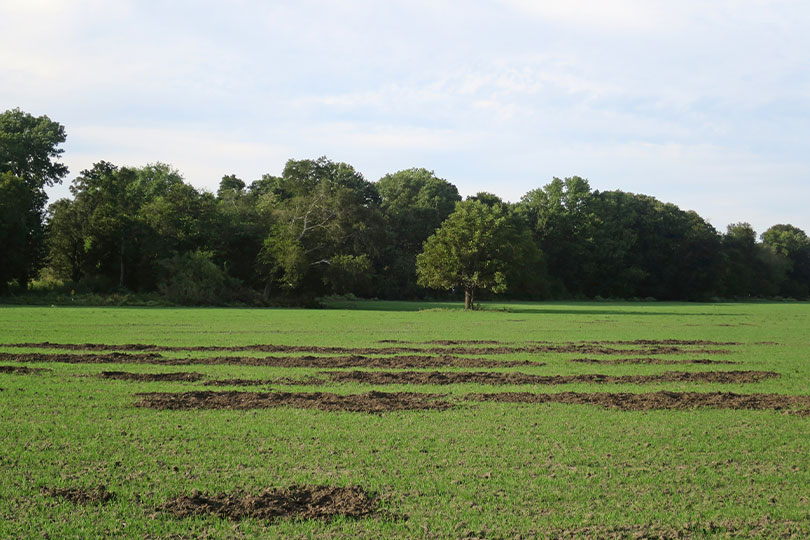By Emmy Powell
Communications Specialist
Feral hogs continue to run rampant across 13 states, including Texas, causing more than $1.6 billion in annual losses.
Data from the National Feral Swine Damage Management Program and the National Wildlife Research Center offers the most comprehensive economic assessment of the economic toll of feral swine.
In Texas alone, damages total an estimated $871 million in damage.
“While crop losses often draw the most attention, the data shows that the true financial burden is much broader—influencing planting decisions, degrading pastureland, damaging equipment and infrastructure and consuming labor hours that could otherwise be devoted to production,” American Farm Bureau Federation (AFBF) Economist Daniel Munch said.
The study surveyed farmers across 13 states, including Texas, and revealed staggering costs. There were $203 million in direct crop losses, especially in corn and peanuts, and $85 million in livestock losses due to predation, disease and veterinary costs.
Additional losses include: $193 million in pastureland destruction, $122 million in lost income due to planting changes to avoid hog damage, $103 million in crop-related property damage, $375 million in damage to livestock infrastructure and $474 million spent annually on hog control, requiring over 17 million labor hours.
Texas accounts for more than half the national losses.
Feral hogs are present in 73% of Texas farms, and their population continues to grow.
The study noted a 39% increase in hog numbers over the past three years.
“Feral hogs are a highly adaptable and invasive species that have been found in more than 35 U.S. states,” Munch said in a Market Intel report. “With reproductive rates that allow populations to double in as little as four months, their geographic range and damage footprint grow rapidly without intensive eradication efforts.”
The animals cause widespread damage by consuming and uprooting crops, degrading pastureland, damaging fences and infrastructure and directly impacting livestock.
Federal eradications programs have played a critical role in addressing the rapidly growing problem.


Leave A Comment